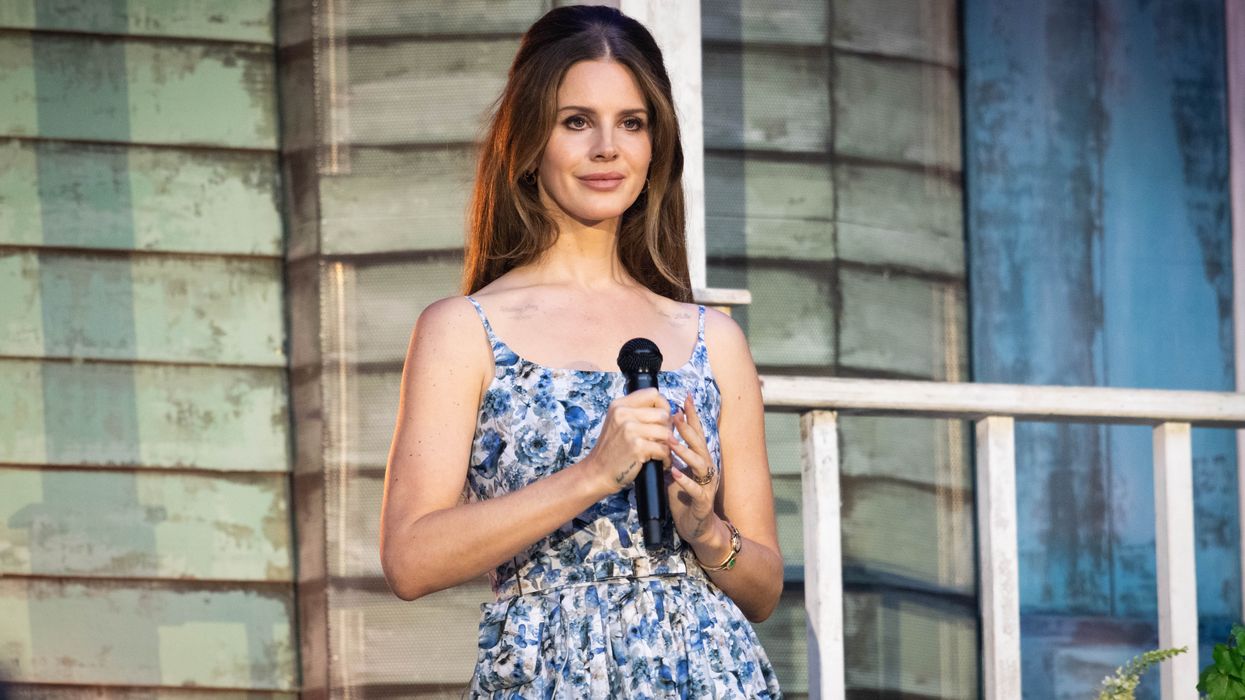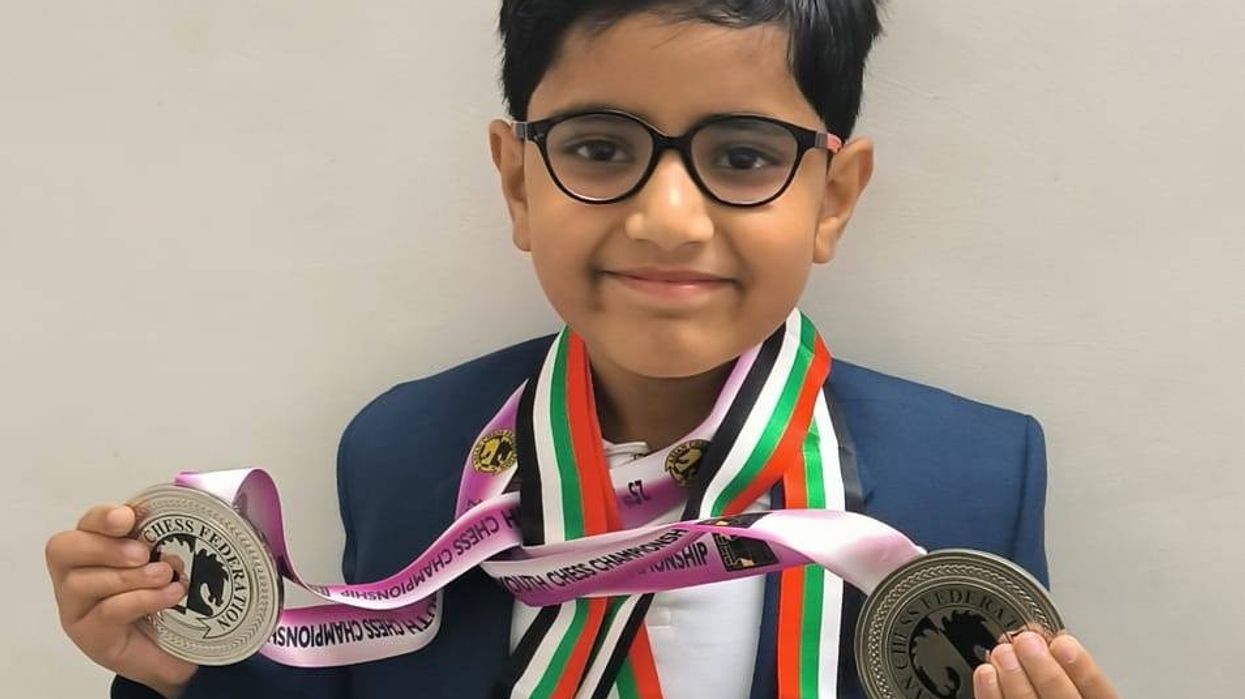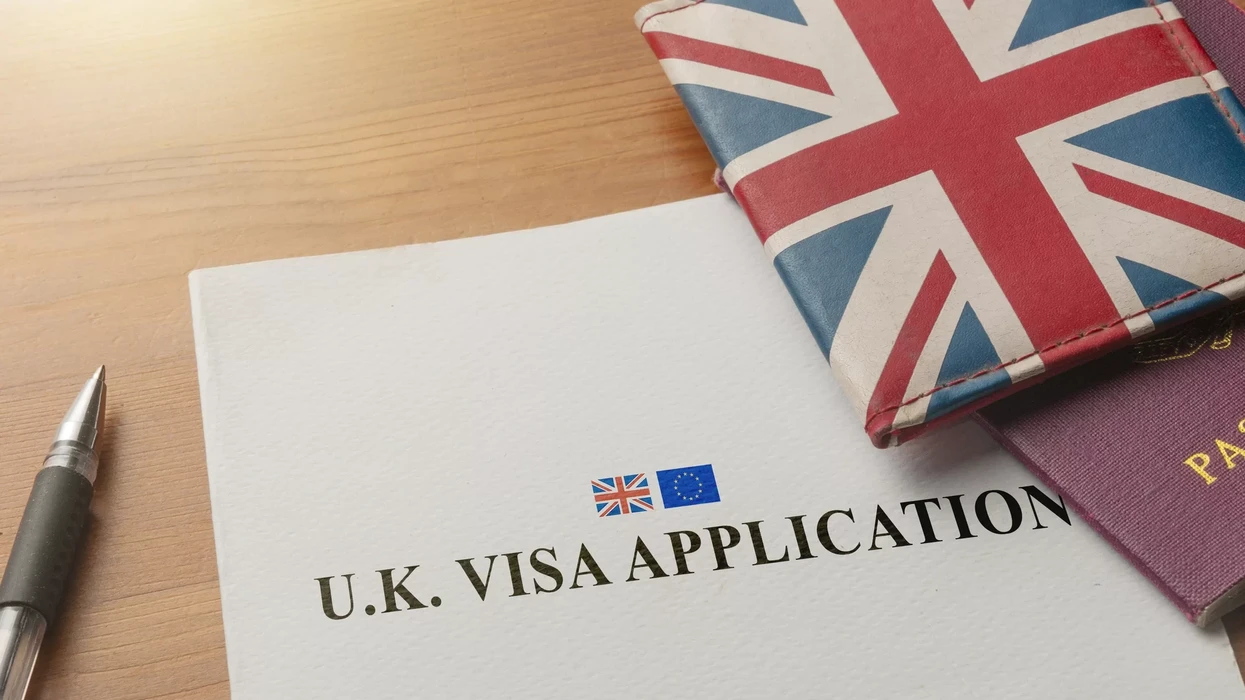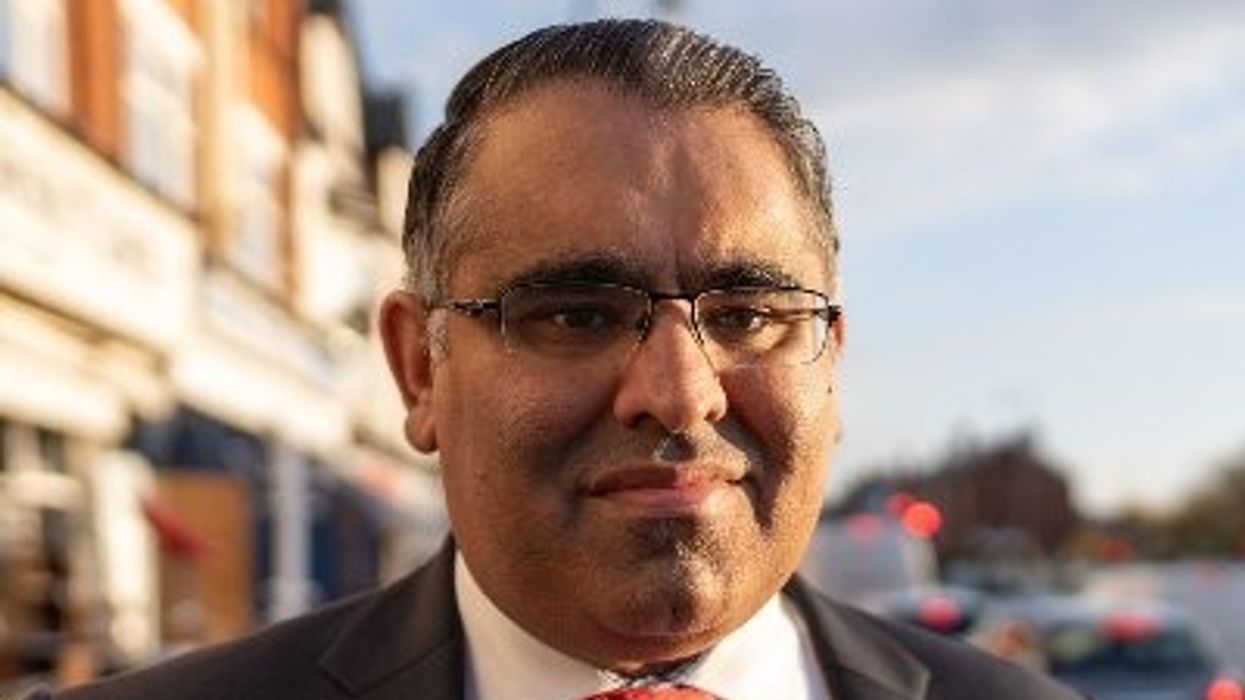Chila Burman is busier than any other British Asian artist in the country. She is probably more sought after than most artists in the country.
Over the past year her neon installations – her trade mark is the tiger – have lit up London’s West End; the Imperial War Museum North in Manchester; Compton Versey, an 18th century mansion near Kineton in Warwickshire; and the Holburne Museum in Bath.
She’s also been flown to India where she has decorated the offices of British Airways, which is celebrating 100 years of flying to the country. The original plan was for her to decorate the entire fuselage of a 787 Dreamliner but it proved impractical to pull the aircraft out of service.
The Tate has published a book on her art – it’s on sale in the shop at Tate Britain where Chila takes friends to lunch in the members’ room.
She is certainly a role model for aspiring British Asian artists, especially young women. But she admits it’s still a struggle to convince Asian parents that their children should be allowed to pursue art as a career if that if what they want to do.
Chila Kumari Singh Burman is herself now such a celebrity in the art world that everyone calls her just “Chila”. She has become her own brand – in fact, her work is sold in museum shops.
“I don’t know many Asian parents, whose children were born here, want their kids to go to art school to do fine art,” she says. “I get the vibe they want them to do law, accountancy, pharmacy and stuff like that. Maybe they are thinking that (tuition fees of) 9K is a lot of money. Some of them still don’t understand what visual art is, and that’s a big issue.
“One (Asian) girl I know had to lead a double life – one life at home and another in the art world. I didn’t do that because I told my mum and dad that this is what I want to do.”
She suggests parents should allow children to splash around with colour from the age of three or four. They should be given free rein of walls, and if that sounds a step too far, at least sheets of paper should be put up for them to discover the joy of colour.
Her father was a tailor and her mother good at sewing. Having lived and worked in Calcutta (now Kolkata) for 16 years, Chila’s father, Bachan Singh Burman, arrived in Britain in 1954 and managed to rent a room in Mulgrave Street, Toxteth, in Liverpool. He was joined shortly afterwards by his wife, Kamala Devi, and their daughter and son, Ashra and Achar. Three other children – Chila, Ashok and Ashan (who has passed away) – were born in Britain.
Chila herself was born in Bootle, near Liverpool, in 1957, attended Bootle’s Girl Grammar School, and switched at 13 to Waterloo Park Grammar School for Girls, where a teacher encouraged her after spotting her talent for art.
She knew it was risky but she took up art as a career 50 years ago, after doing an art and design foundation course at Southport College of Art, then studying fine art and graphic
design at Leeds Polytechnic and venturing to London to the highly selective Slade School of Fine Art where she got her MA in printmaking and painting.
Chila got the idea of the tiger from her father’s icecream van. He put a cutout of a tiger on top. Now Chila’s colourfully decorated van has been seen all over Britain – she had an exhibition at Eton – and the British government even transported it to the football world cup in 2022. It was displayed in Doha as an example of the best of British.
Last year University College London conferred an honorary Doctor of Literature on Chila for making “an extraordinary contribution to her field”.
The ceremony was held at the Royal Festival Hall filled with academics and students.
The citation was read by Mary Evans, herself a contemporary artist and lecturer and the first black director of Slade School of Fine Art, which is part of University College London.
Her words summed up Chila’s rich and varied career. In 2023, she won Eastern Eye’s Arts Culture & Theatre Award (ACTA) in the arts category.
Evans said: “Chila is a celebrated artist whose works examine representation, gender and cultural identity. Her works have been exhibited in galleries across the world and are in many permanent collections in the UK, including those of the Tate, Wellcome Trust, British Council, and the V&A and Science Museums.
“Shaped by her upbringing, Chila has continually broken stereotypes, freeing the image of women through her work in print-making, painting, installation and film. In particular, she has repeatedly challenged stereotypical assumptions of Asian women, often using self-portraiture. Her work is informed by Bollywood, fashion and found objects, as she explores gender and identity politics, the celebration and politics of femininity, and the relationship between popular culture and high art.
“Chila’s artwork for public spaces across the UK has had tremendous impact. Her hugely popular installation on the façade of Tate Britain in late 2020 – featuring Hindu deities, fireworks and a fluorescent ice-cream van – lit up that part of London and conveyed a powerful message of hope amid the darkness of lockdown.
“Chila’s influence has already been recognised with many accolades including an Honorary Doctorate, and Fellowship, from the University of the Arts London. In 2020 she was invited into the Art Workers’ Guild as a Brother and in 2022 she was awarded an MBE in the Queen’s Jubilee birthday honours for services to the visual arts.”
She lit up Leicester Square with 14 neon installations, among them depictions of the Hindu deities, Ganesh and Lakshmi.
For the Imperial War Museum North in Manchester, her neon installations on the exterior façade included a tiger, a lotus, a tiger, and her heroine, Rani Lakshmibai of Jhansi, one of India’s first female freedom fighters.
Launching the exhibition, Caro Howell, director general of the Imperial War Museum, said: “Chila’s commission has allowed us to explore together histories of migration after the Second World War, and in that research, Chila has generously shared stories from her own life, memories from childhood and her family’s journey to and within the UK.
“It’s the first time that an artist has had full run of IWM North,” she pointed out, adding, “I cannot think of an artist better suited to creating an inviting, striking and really significant exhibition for our visitors and for the people of Trafford and Manchester.”












